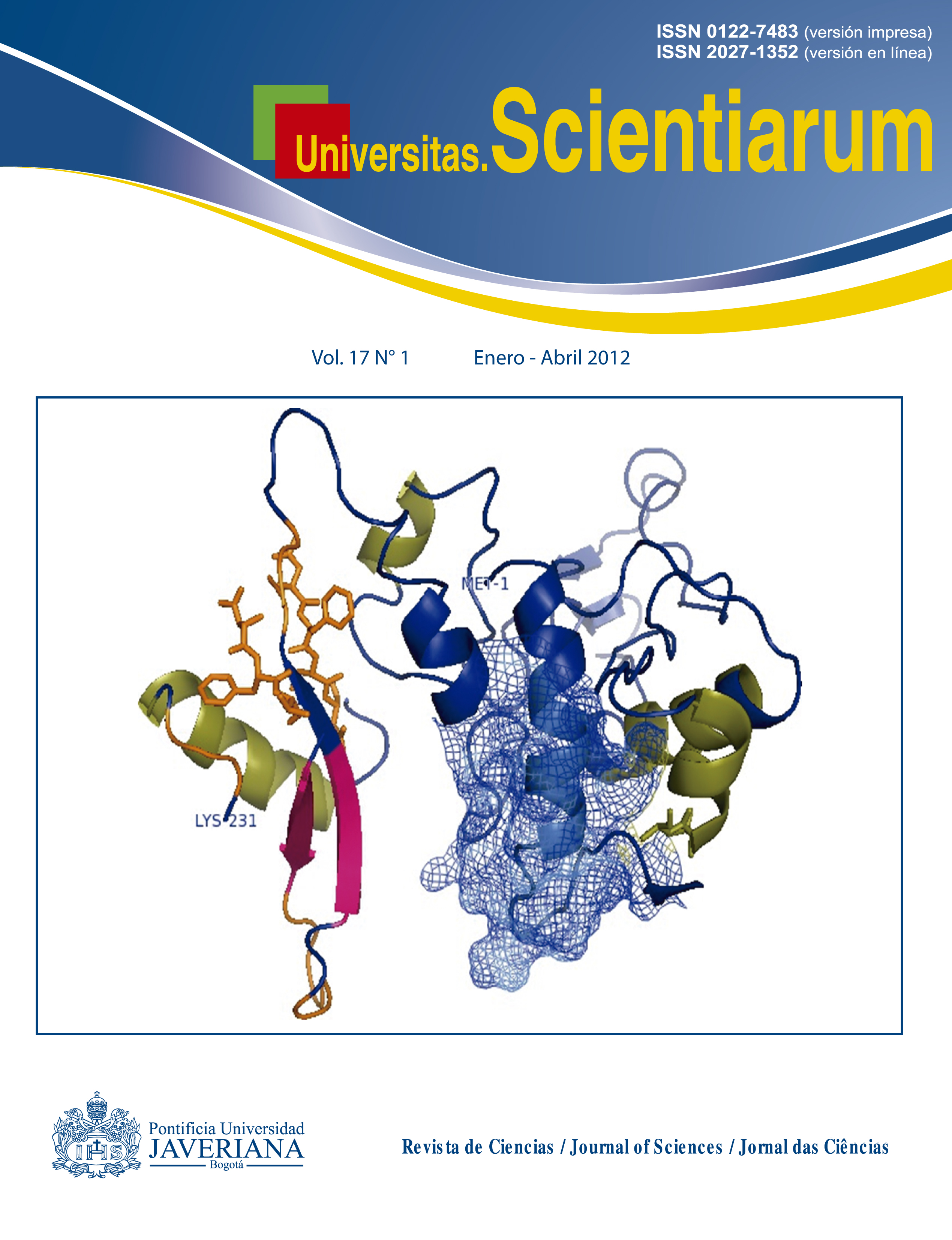Simultaneous decolorization and detoxification of black reactive 5 using TiO2 deposited over borosilicate glass
##plugins.themes.bootstrap3.article.details##
Objective. Removal and detoxification of azo dye by photocatalysis with TiO2. Materials and methods. TiO2 films were prepared by sedimentation at pH 1.3, using as support a borosilicate glass, annealed for 1 hour at 450 °C. Physical characterization was performed by Scanning Electron Microscopy, X-ray diffraction and UV/VIS spectrometry. Dye Black Reactive 5 removal was carried-out in a quartz photo-reactor. Results. Optical characterization revealed the films displayed evident TiO2 spherical particles of various irregular sizes, porous, and without fractures. The average crystal size was 77.5 nm and 77.7 nm for 50 °C (dried temperature) and 450 ºC (annealed temperature) respectively. The energy of the band gap (GAP) was 3.02 and 2.68 eV respectively. Maximum concentration of dye that negatively affected color removal was 80 mg/L (17%). At lower dye’s concentrations (10, 50 and 70mg/L) decolorization was greater than 80%. TiO2 films were reused for five consecutive cycles of 6 hours at 10 mg/L (>80%), and three cycles of 10 hours at 70 mg/L (> 80%). Toxicity results demonstrate that Daphnia magna was more sensitive than Lactuca sativa. Conclusions. TiO2 films obtained by sedimentation demonstrated a high reactive black 5 decolorization and COD removal (86% and 100%), as well as toxicity reduction.
Key words: photocatalysis with TiO2, sedimentation techniques, reactive black 5, Lactuca sativa and Daphnia magna.
photocatalysis with TiO2, sedimentation techniques, reactive black 5, Lactuca sativa and Daphnia magna


